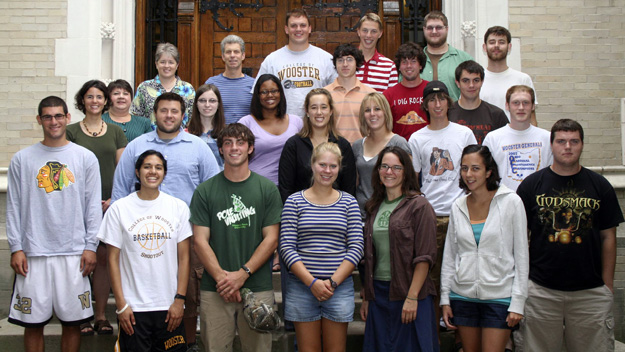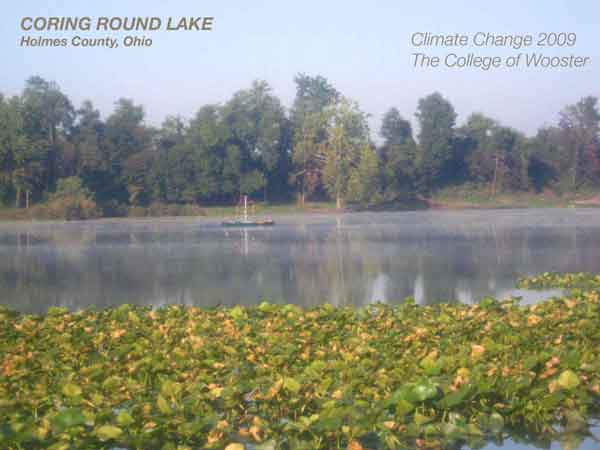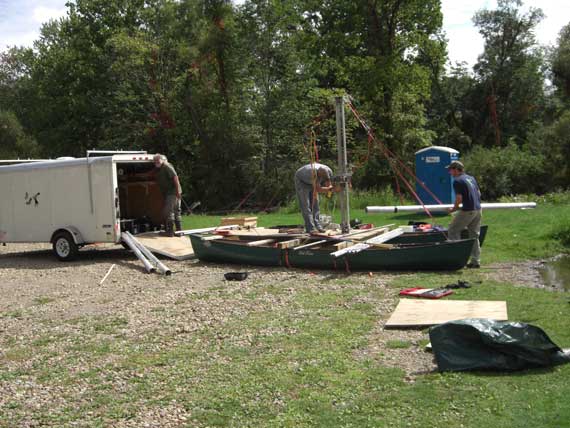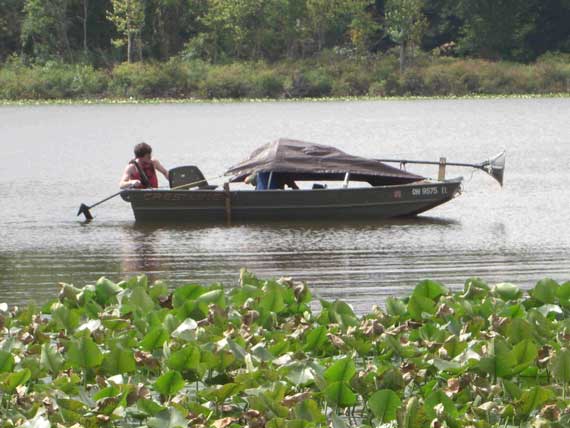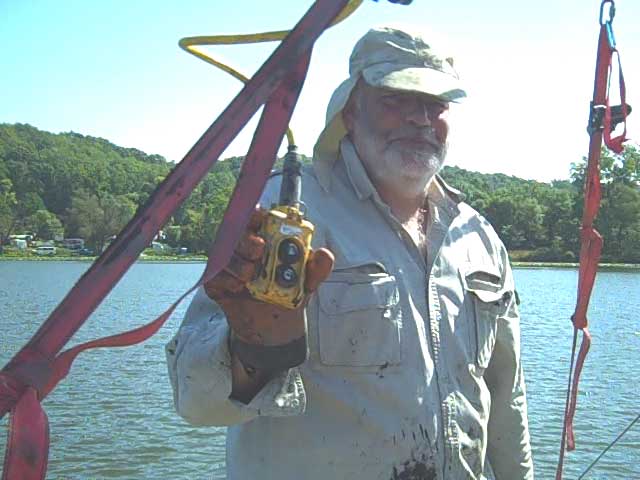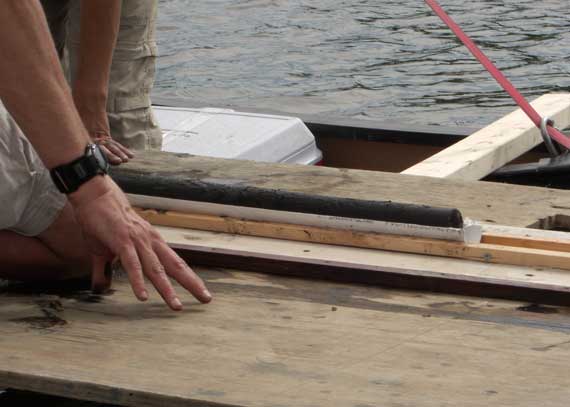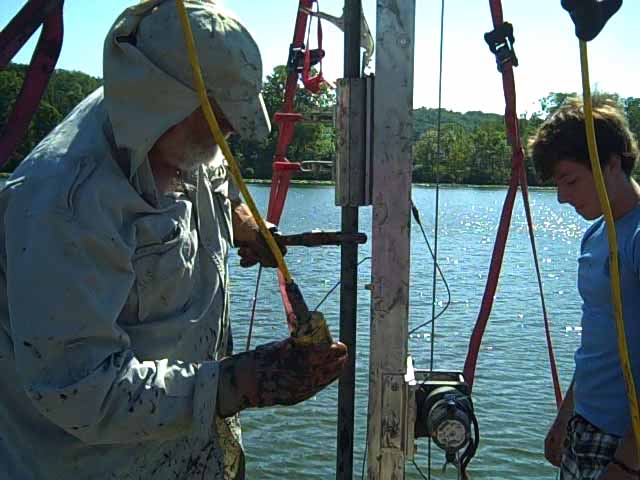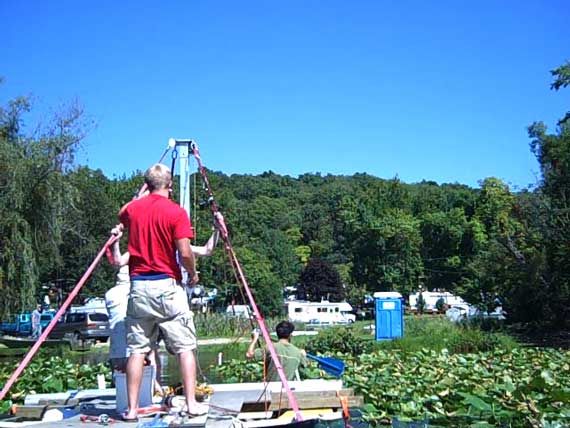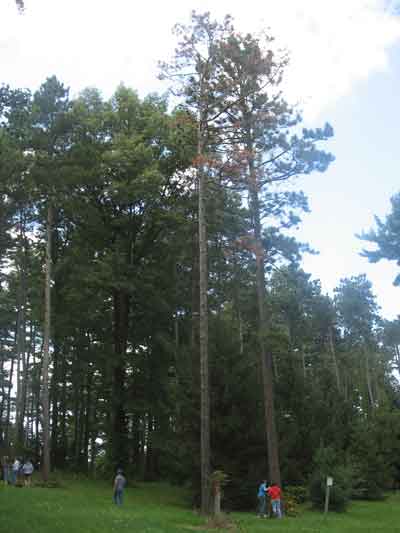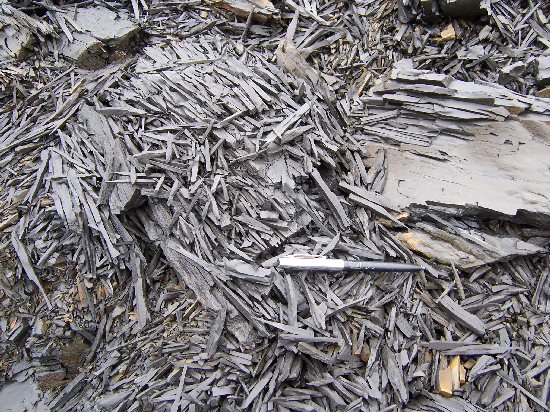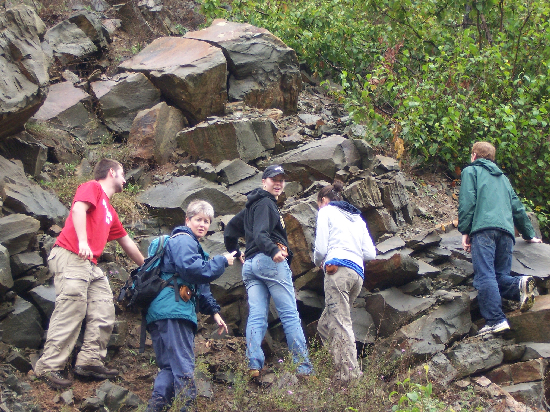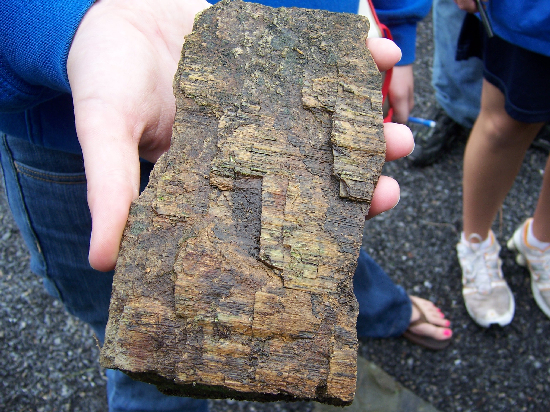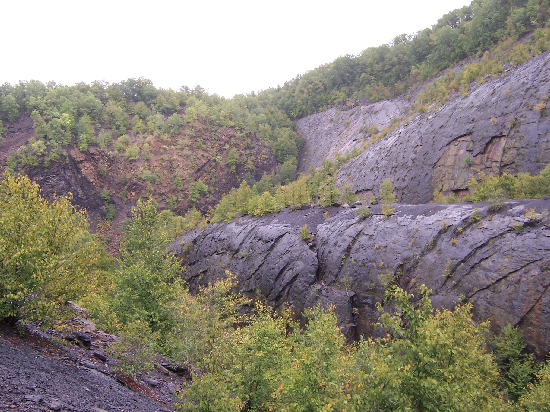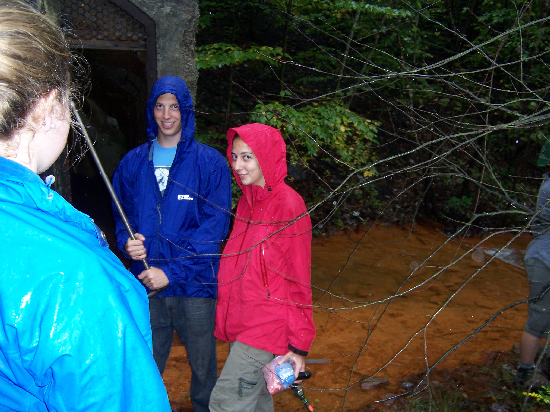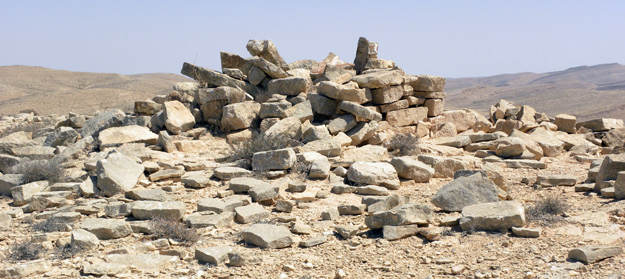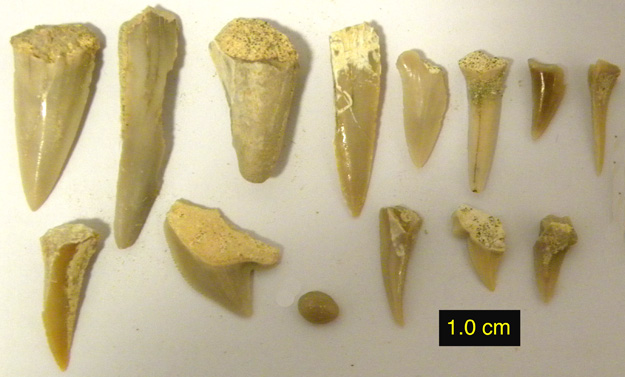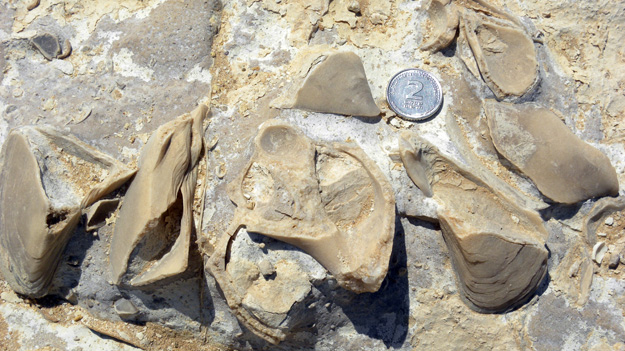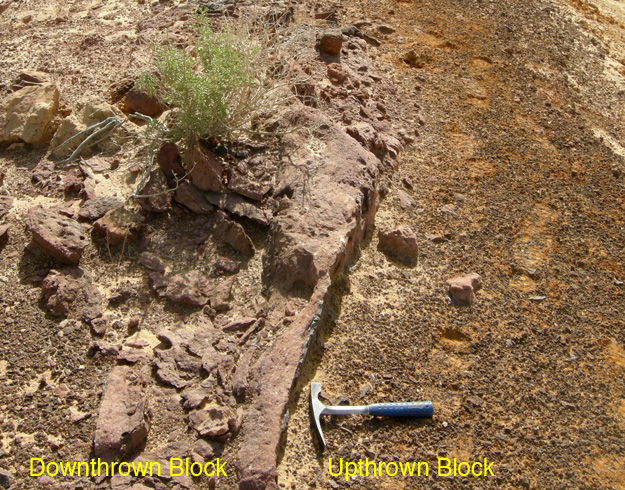Dr. Pollock is teaching a First Year Seminar on the Collapse of Civilization and on Saturday, she and her students visited the Newark Earthworks. The earthworks consist of geometric earthen mounds that were built by the Hopewell people between 100 BC and 500 AD. At the museum, we learned that mounds served as a ceremonial, spiritual site. When asked about the collapse of the Hopewell, our guide, Jim, replied that we don’t really know what caused their demise. He listed several possibilities: disease, war, and migration. In our FYS, we’re exploring all of these and more.

Students piled into one car while waiting leave early on Saturday morning. They eventually squeezed 8 bodies into this vehicle. Talk about a tightly-knit group!
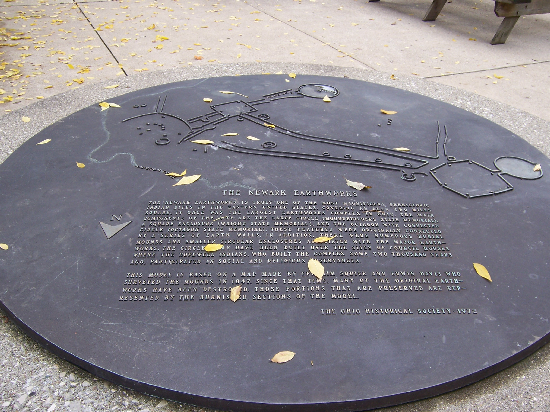
The plaque outside of the museum shows an overview of the Newark Earthworks.
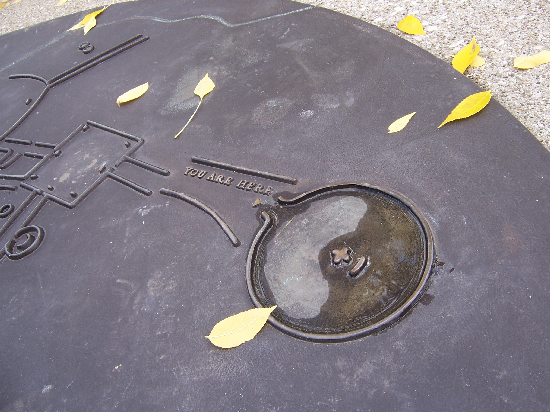
After visiting the museum, we toured the Great Circle and the Eagle Mound.
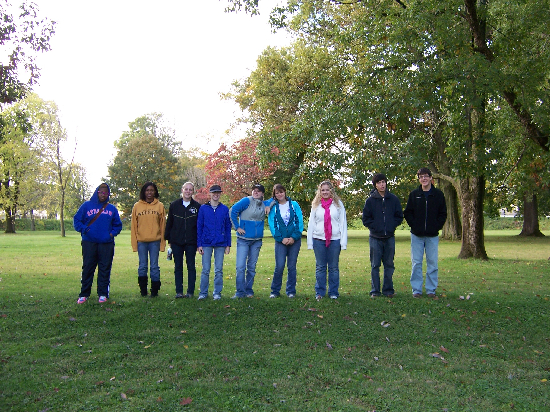
Our group is lined up on one of the small semi-circle mounds inside of the Great Circle, behind the Eagle Mound. From left to right: Laura Haldane, Whitney Sims, Alex Harmony, Adrienne James, Megan Innis (TA), Chrissy Duchane, Jackie O'Dell, Derick Evans, and Stipo Josipovic.
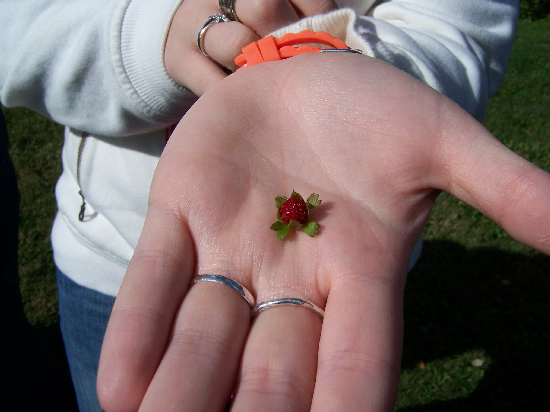
Fortunately, we had warm, sunny weather. Nature agreed with our mood, and provided a display of bright red, wild berries growing in the grass in the Great Circle.
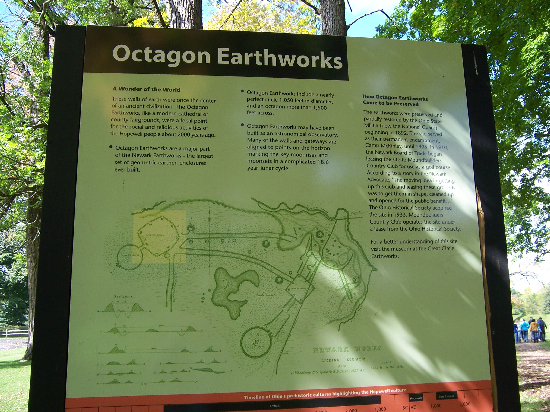
After lunch, we visited the Octagon Earthworks. Although a private golf course currently sits within the Octagon, we were able to see the mounds from a viewing platform.
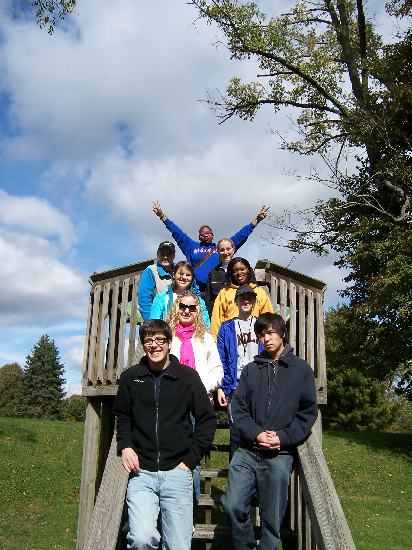
Our group poses on the Octagon viewing platform. (Note the fabulous weather!). The mounds that link the Octagon to the circle are in the background.
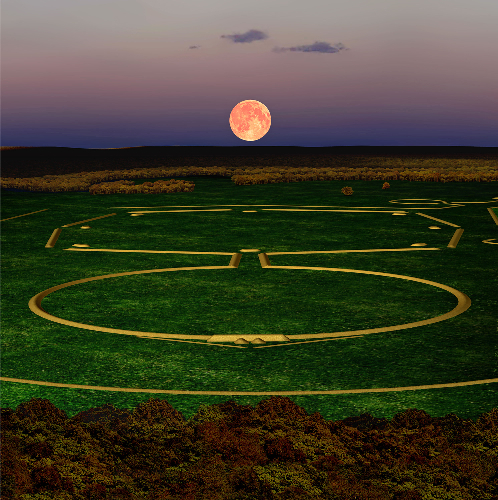
Digital image showing the Newark Moonrise. The northernmost moonrise occurs every 18.6 years and lies directly along a line extending from the observatory mound, across the Circle, through the link, and across the Octagon. Lines drawn in other directions across the earthworks align with other moon phases. Digital image by CERHAS University of Cincinnati, courtesy of Cleveland Museum of Natural History.



